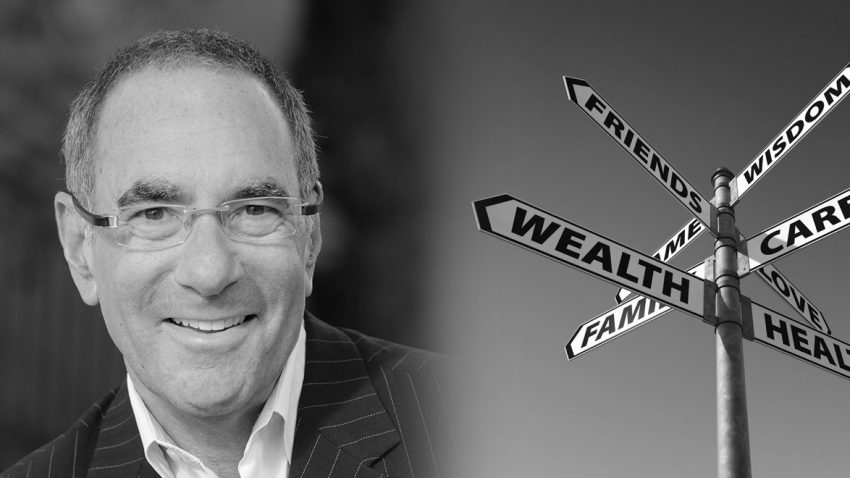

The Key to Better Living: An Interview with Michael Mantell
Michael R. Mantell earned his Ph.D. at the University of Pennsylvania and his M.S. at Hahnemann Medical College, where he wrote his thesis on the psychological aspects of obesity. His career includes serving as the Chief Psychologist for Children’s Hospital in San Diego, and as the founding Chief Psychologist for the San Diego Police Department. He also served on the faculty of UCSD’s School of Medicine, Dept. of Psychiatry.
After retiring two years ago from practicing clinical psychology for 40 years, he has become a highly sought after transformational behavior and leadership coach and accomplishment mentor for senior executive business leaders, professional and elite amateur athletes, and everyday folks seeking personal well-being, optimal health and professional empowerment. He has worked in the media for nearly 40 years, appearing on every major talk and news show, and has been interviewed in, and written for, every major health and fitness magazine/website.
Michael is a member of the Scientific Advisory Board of the International Council on Active Aging, the Chief Consultant for Behavior Science for the Premier Fitness Camp at Omni La Costa, and served as the Senior Consultant for Behavioral Sciences for the American Council on Exercise.
Michael is an Organizational Advisor to Fitwall, Rock My Run, amSTATZ, Outburst Mobile, and speaks regularly for Rancho La Puerta and the Asia Fitness Conference in Bangkok, in addition to numerous other fitness-health organizations throughout the nation. He has been a keynote speaker for the University of California’s system wide “FitCon” and for UCLA’s “Stress Less Week” as well as for the Transformational Leadership Council. He writes for HealthyNewAge.com, Stackstreet, SelfGrowth.com and the San Diego Life Coach Examiner.
He is a best-selling author of three books including the 25th Anniversary updated edition of his 1988 original “Don’t Sweat the Small Stuff, P.S. It’s All Small Stuff,” and his 1996, “Ticking Bombs: Defusing Violence in the Workplace.” He is listed in greatist.com’s 2013 “The 100 Most Influential People in Health and Fitness.” His fourth book, “It is ALL in Your Head” is his current project.
Your practice is designed around the idea that the link is what you think, regarding feelings of anxiety, depression, and anger, and more. Explain what you mean by this, and what moves people can make to actively change the thinking and “linking” process, when it is strong and persistent.
Incontrovertible, evidence-based, decoded health science makes it clear that health, happiness, well being and fitness start with what we tell ourselves, perceive and think about people, places, things, events and situations. The mind is the starting point of all healthy healing and illness prevention. This is a simple yet all-powerful insight I bring to everything I do in my work coaching folks and families, professional athletes, and elite amateurs to build executive prowess and organizational effectiveness in any environment: the link is what you think. I’ll say it again: the link is what you think. Write it down in the box below and look at it the next time you are in traffic, have a run-in with your boss, look at your bank account (if you have one), weigh yourself, wake in the morning and wonder what the heck you did the night before, or are on the way to your nearest gym or outdoor boot camp. The link is what you think, it’s not the external event.
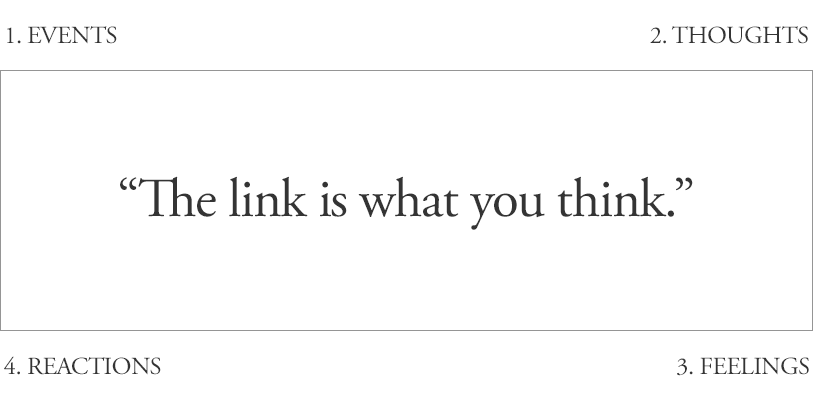
This box is the secret sauce to fitness, health and well-being, so I suggest you study it carefully. I’ve boiled 300 years or so of psychology down to an easy to understand and apply understanding as seen above.
- Position # 1 is filled with all of the situations, events, people, places, and events that happen objectively.
- Position # 2 is filled with your thoughts about those events.
- These thoughts lead directly to, and fully create, what’s in position # 3, or your feelings (some variant of anger, sadness and/or worry on the negative side of the emotional spectrum).
- Finally, position # 4 is filled with your reactions and behaviors to the feelings you created within yourself resulting from what you thought in position # 2—not the event itself, in position # 1.
We never go from an event to an emotion without thinking about the event first. You never get upset by an event—you create it by what you think about that event. You are not passive recipients of emotions—you are active creators of emotion. Next time you feel deterred by the tasks you are faced with, consider: What am I thinking that’s making me feel this way? Is it true? Is it helpful? Is it inspirational? Is it necessary? Is it kind?
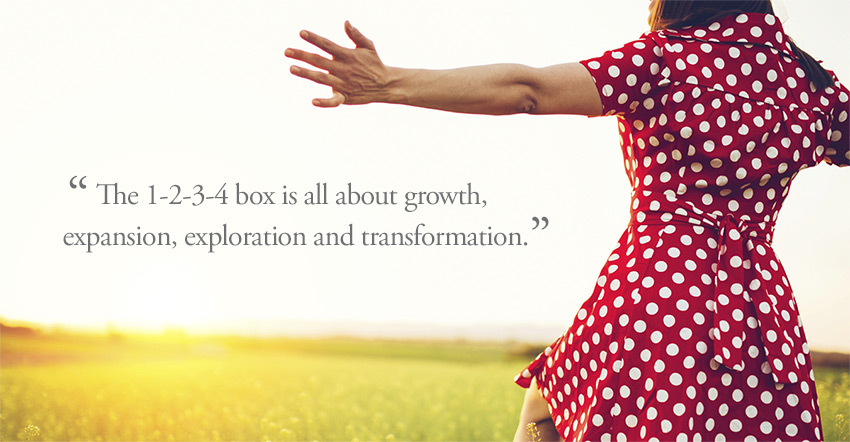
How can changing lifestyle affect the thinking process? In reverse, how can the thinking process affect lifestyle?
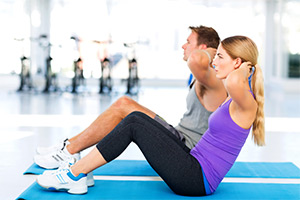 I believe that thinking affects our sustained lifestyle more than our lifestyle affects our thinking. The tripod I call, “ThEaMo,” or Thinking, Eating, Moving, comprises the three legs of optimal living and health. It is not possible to do the last two without the first. Thinking drives it all. It’s our thinking that must first change to change lifestyle. There is a social-cultural-familial imprinting effect that occurs that reinforces our beliefs, however, it’s our beliefs that drive lifestyle, not the other way around.
I believe that thinking affects our sustained lifestyle more than our lifestyle affects our thinking. The tripod I call, “ThEaMo,” or Thinking, Eating, Moving, comprises the three legs of optimal living and health. It is not possible to do the last two without the first. Thinking drives it all. It’s our thinking that must first change to change lifestyle. There is a social-cultural-familial imprinting effect that occurs that reinforces our beliefs, however, it’s our beliefs that drive lifestyle, not the other way around.
Explain the importance of prevention models, in comparison to other forms of healing, and what they include.
Why place ambulances at the bottom of a hill to pick up those who have fallen—or jumped—rather than putting up a fence? It’s not as expensive, so there’s less money to be made but it will save many more lives. Health literacy and physical literacy are critical elements of preventive models.
Choosing a healthy lifestyle, competent health care, and knowing how to take advantage of the “Thinking-Eating-Moving” model is grounded in health literacy and that’s preventative. Folks with poor health literacy skills simply skip the preventive steps of fitness, mammograms, pap smears, flu shots, vaccines, dental visits, etc.
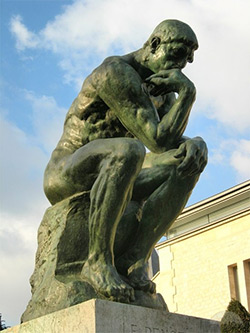 There are many “ills” we can focus on preventing by teaching how to think differently about events. Our thoughts create anxiety (a future predictive style of thinking that horror will occur), depression (based on thinking of loss) and anger (based on thinking that life should, must, or ought to and have to be different than it is). Mindset training, mindfulness, meditation, relaxation training all help “treat” emotional upset but can be useful in prevention as well.
There are many “ills” we can focus on preventing by teaching how to think differently about events. Our thoughts create anxiety (a future predictive style of thinking that horror will occur), depression (based on thinking of loss) and anger (based on thinking that life should, must, or ought to and have to be different than it is). Mindset training, mindfulness, meditation, relaxation training all help “treat” emotional upset but can be useful in prevention as well.
Exercise, positivity, and nutritional health are common practices on the path to healing, but you encourage “trust and faith” as well, which is not so commonly seen. Explain how this fits in and why it works.
In a 7-year study of older folks, religious involvement was associated with less physical disability and less depression. Death rates are lower than expected before important religious holidays.
Older people who regularly attend religious services have healthier immune systems than those who don’t. They are also more likely to have consistently lower blood pressure.
Patients undergoing open-heart surgery who received strength and comfort from their religion were three times more likely to survive than those who had no religious ties.
Research has confirmed that spirituality can have a profound effect on mental states as well. Patients rate faith as helpful in coping with their emotional illness.
One study revealed that high levels of hope and optimism – two elements of trust and faith – and key factors in fighting depression, were found among those who strictly practiced their religion.
In my coaching work, I define faith as fortitude, attitude, integrity, trust and humility – can’t argue that these are positive traits to carry in the healing process.
You prevention model includes focus on relationships and renewal. Explain what this means and what this looks like.
Scientists have looked at the biological and behavioral factors that account for the benefits of relationships. We know that healthy relationships, hanging with those who lift you, care for you and don’t drag you down, helps relieve harmful levels of stress—that adversely affect coronary arteries, insulin stability, and the immune systems. A network of healthy, satisfying relationships also has been shown to be associated with lower dementia risk. Positive social connections serve as motivation to exercise more and improves our self-care. It increases our sense of purpose, happiness, self-confidence and to cope with traumas of daily life. It can also be motivating to change or avoid unhealthy lifestyle habits.
As someone who coaches and guides others in this practice, what do you do to take care of yourself and maintain your own health? Does helping others through these times encourage or inhibit your own growth?
My wife and I are committed to health and fitness. We met in high school in West Orange, NJ 50 years ago, have been married for 44 years and enjoy our children and grandchildren. She is a certified personal trainer and that surely helps us. I practice what I preach – positively look at all of life, even the difficulties that arise. I see stepping stones, never obstacles. I simply do not allow any negativity to enter our front door or our minds. I don’t think of myself as “retired” but rather as “rewired,” or “refired.” My days are filled with writing, speaking, consulting, coaching, and always through the lens of “what can go right.” We enjoy exercise daily, eating right, restorative sleep, and caring for others turbo-fuels our positivity and desire to keep ourselves moving forward. We also, frankly, enjoy our intimate life as well. Helping others has never inhibited our growth. We spend the right balance in preventive health and medical care when necessary.
Any last words of wisdom for those struggling with personal challenges?
I advise my clients to never waste their pain. Every setback in life, when seen through the right lens, is actually a setup to advance to something better. They say that “laughter is the best medicine,” and while I’m not specifically certain of that, I do know that humor sure helps us deal with life’s challenges. Laughter actually releases healing, it restores and rejuvenates—so I encourage laughter.
I also encourage my clients to use the delete and the shift buttons on their mental keyboards frequently. Negative thoughts? Delete. Focused on what can go wrong? Shift to what can go right. Delete what those naysayers say about you. Shift to healthier thinking. It makes all of the difference.

